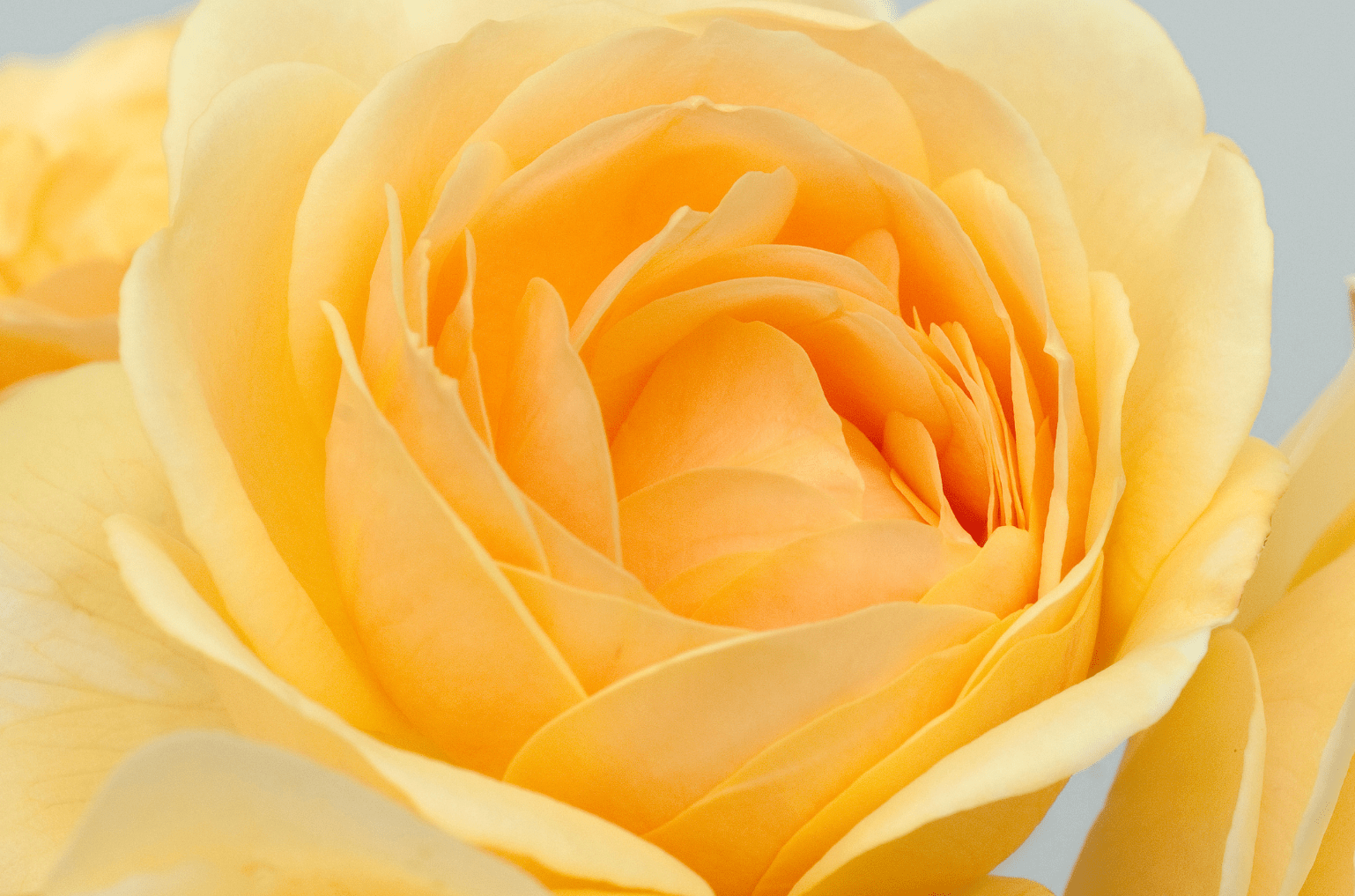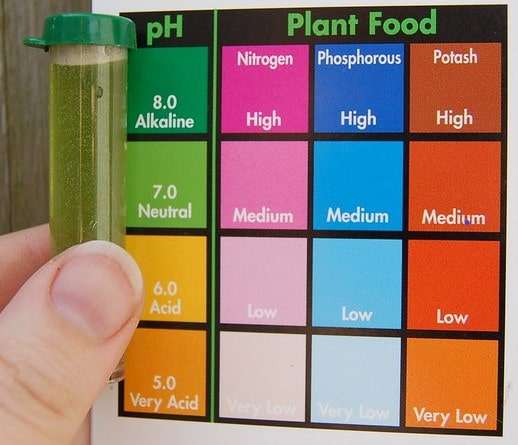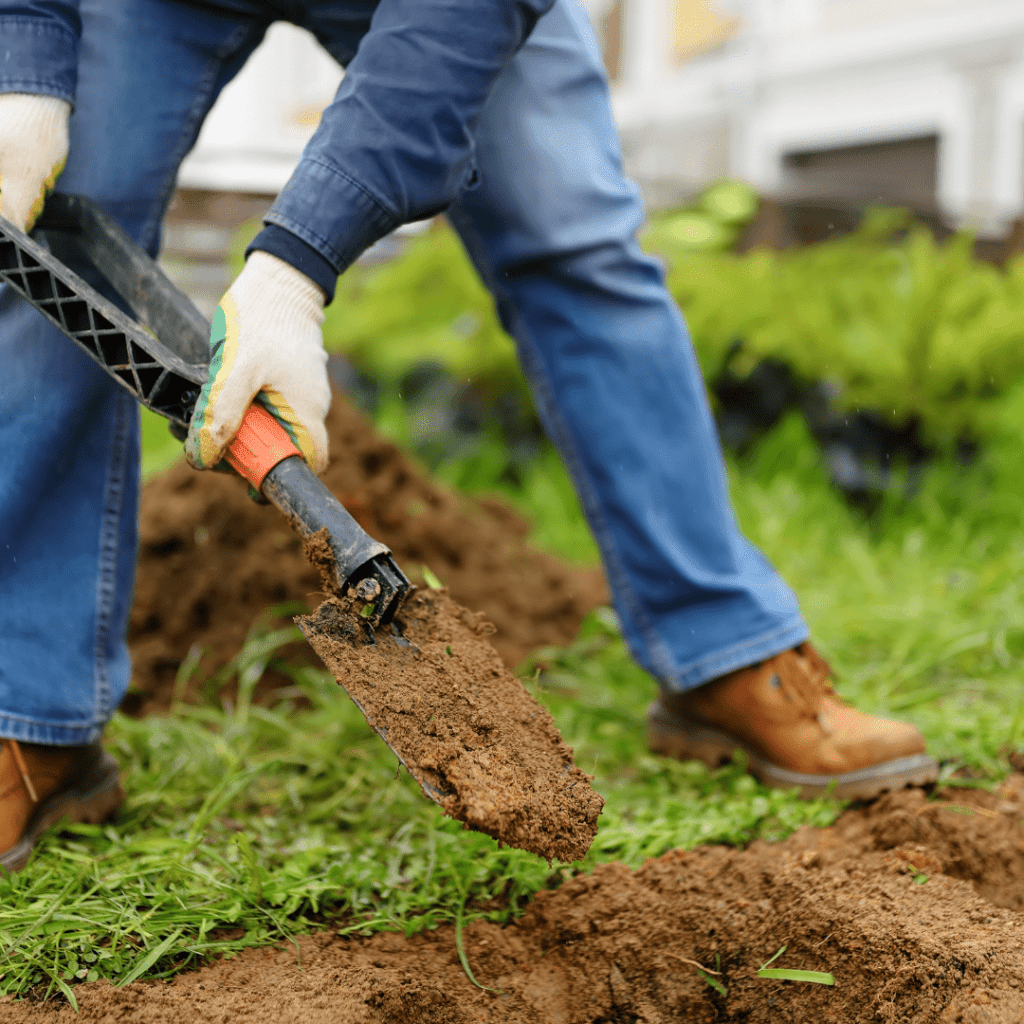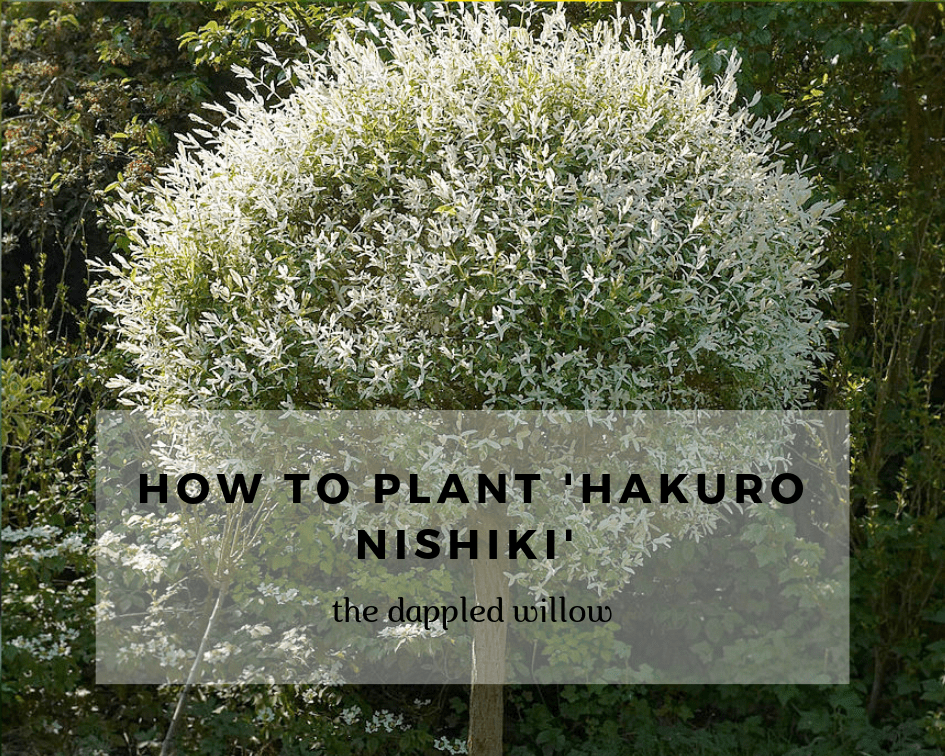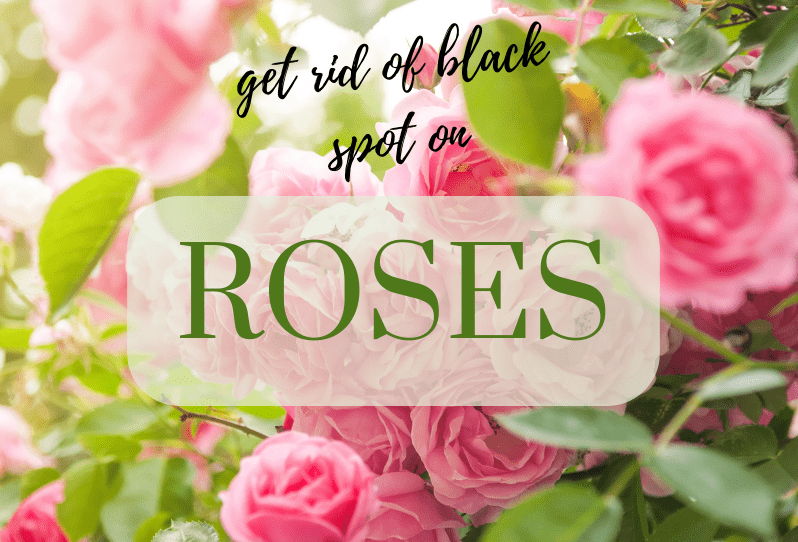This post may contain affiliate links. As an Amazon Associate we earn from qualifying purchases.
What is the best month to plant roses?
Unless you live in the U.S. desert southwest or other parts of the world where temperatures get hotter-than-you-know-what in the summer, or snowy and freezing in the winter, roses can be planted any time during the year.
If you decide to plant in the fall, ensure that you get your rose in the ground well before the first frost date in your area. Some growers recommend six weeks before while others claim that eight weeks is the magic number.
I like to plant bare root roses in very early spring, as soon as the soil can be worked. I wait until the weather warms a bit (typically in the 60s F) to plant potted roses.
So, what is the best month to plant roses? It mainly depends on where you live, but aim for any time between early spring to fall.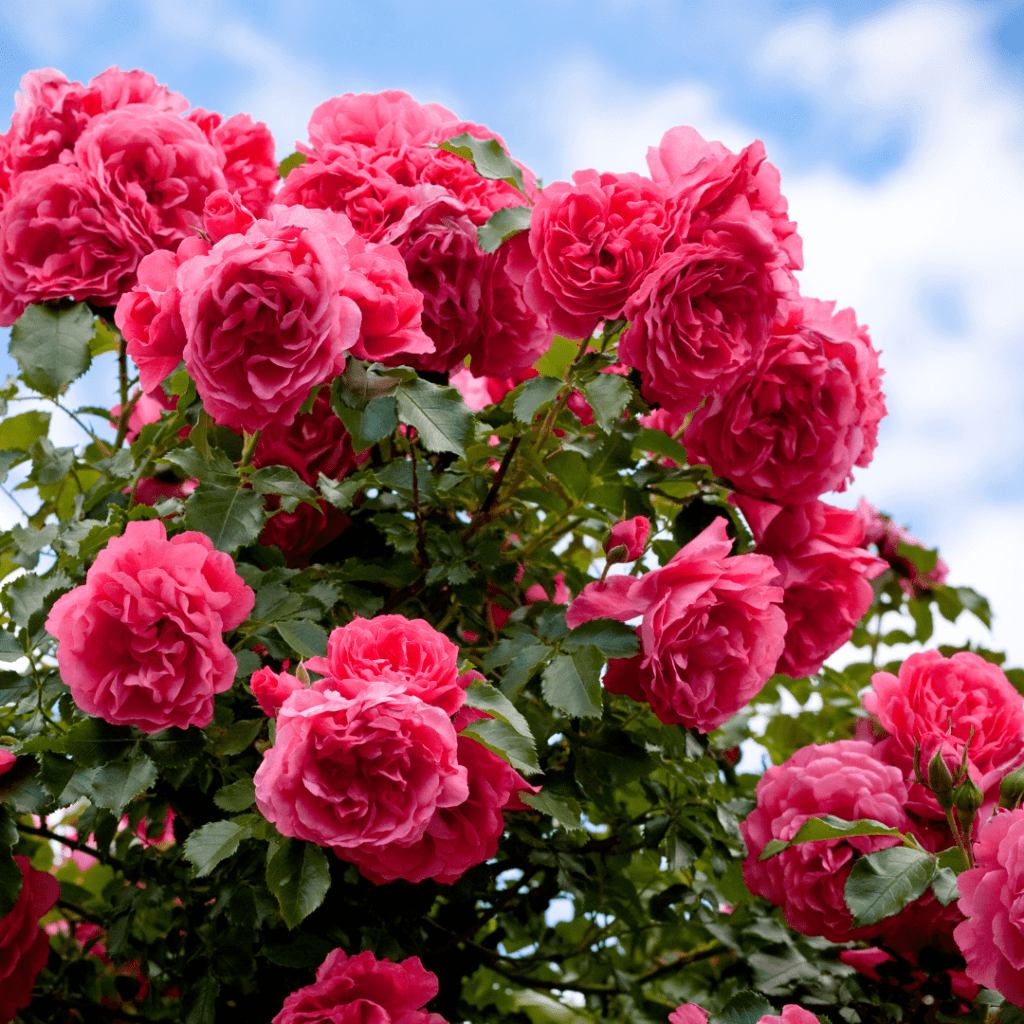
Where to plant roses, sun or shade?
As you become more involved in growing roses you’ll find that most people who should know better will tell you that “roses require at least 6 hours of sun per day.” They’ll go on to say that eight hours is the goal.
That may be true in certain parts of the country and for the majority of roses. But it’s not a hard truth. In fact, at DavidAustinRoses.com, you’ll find an entire section of roses that do well in partial shade (4 hours of direct sun per day).
“It is possible to have a beautiful rose garden in partial shade. Blooms have richer color and fade at slower rates than those receiving more direct sunlight,” according to Al Whitcomb at the American Rose Society‘s website.
If you’re interested in learning more about what’s possible in a partial shade rose garden, including which roses do best in this environment, visit Whitcomb’s article Growing Roses in Partial Shade.
Rose plant growing tips for planting rose bushes
We are big believers in soil testing. It is impossible, without testing, to understand exactly what the soil needs to support the life you’re about to install in it.
What you need to learn, specific to growing roses, are the nutrient levels and the soil’s pH. The latter is critical because pH determines the point at which everything the rose needs is easily available. With roses, aim for a pH of 6.5.
If you don’t have a soil testing kit, consult with your county’s Cooperative Extension. Many across the country have soil testing facilities. Look up your extension in our Cooperative Extension Directory.
If your extension doesn’t offer soil testing, purchase a kit. They are available at Amazon.com.
According to our friends at Perfect Plants Nursery, the nutrients most commonly lacking in home garden soils are:
- Phosphorus
- Nitrogen
- Iron
This, again is region specific. For example, most soils in Missouri have plenty of phosphorous. This is why we urge our readers to obtain a soil test.
Amend the soil according to the soil test results. Start with the soil’s pH. If it’s too acidic, add lime (Espoma offers an organic garden lime. Shop for it at Amazon.com). Too alkaline? Add sulfur.
“Applying 2 to 4 pounds of sulfur to 100 square feet and mixing it in 6 to 8 inches deep will usually reduce soil pH about 1 point,” according to Vincent Lazaneo with the San Diego Union Tribune.
He goes on to caution that “This won’t happen immediately. In moist, warm soil, it will take several months for soil bacteria to convert the sulfur to sulfuric acid.”
Raising the soil’s pH is also a lengthy process. He recommends 10 pounds of lime per 250 square feet of rose garden. Adding too much lime at one time can cause the rose’s foliage to yellow, so test the soil in a year after the initial application and reapply if needed.
What about adding amendments to the planting hole?
Remember those recommendations, above, for which soil amendments to add to adjust its pH? That is all you need to add to the garden soil. Nothing else. Nada.
And it doesn’t go in the planting hole, but in the soil surrounding where you’ll plant the rose.
Surprised?
While experts have been trying to get our attention for years, the gardening forums and social media gardening groups apparently either don’t seek out expert advice or prefer to get their plant knowledge from hobbyists.
The Gardenologist team ran a quick check of rose planting advice online.
- “It is usually advisable to work in several inches of organic matter.”
- “incorporate some well-rotted compost or manure at planting. “
- “Plant roses in a well-prepared hole with added compost to improve soil structure and aid water retention.”
These writers mean well. It only makes sense that you’d want the growing environment to be perfect for your new rose. The problem however, is that it may just do the opposite of what you hope.
“When different soils are next to each other, water tends to stay in one of them and not the other. Usually, water stays in the soil with the finer particles – say clay,” explains Robert Pavlis, developer, owner and operator of Aspen Grove, a 6-acre private garden in Ontario, Canada.
“Around the outside of the hole you have your normal native soil. Inside the hole you now have a different kind of soil – it contains more organic matter and is your amended soil,” Pavlis continues. “You have created two types of soil in contact with each other. We know that water has difficulty moving between two types of soils.”
It’s known as “perched water,” and it can create soggy or dry roots, depending on how much or how little water the rose is given.
Once you’ve fought the urge to shop for stuff to fill the rose’s planting hole, it’s time to actually dig a hole.
How to plant a rose bush
Planting roses is a bit different from planting most shrubs or trees. They are planted deeper than you may be accustomed to and, often, the grafts are buried.
If your new baby is bareroot, soak the roots in a bucket of water overnight.
Dig the planting hole twice the diameter of the root ball. The depth should be deep enough so that the graft is buried by about two inches of soil.
Check out this video from Peter Beales Roses, LTD, to get an idea of what your rose should look like when it’s planted correctly.
Grow your roses in containers? Learn how to repot roses
